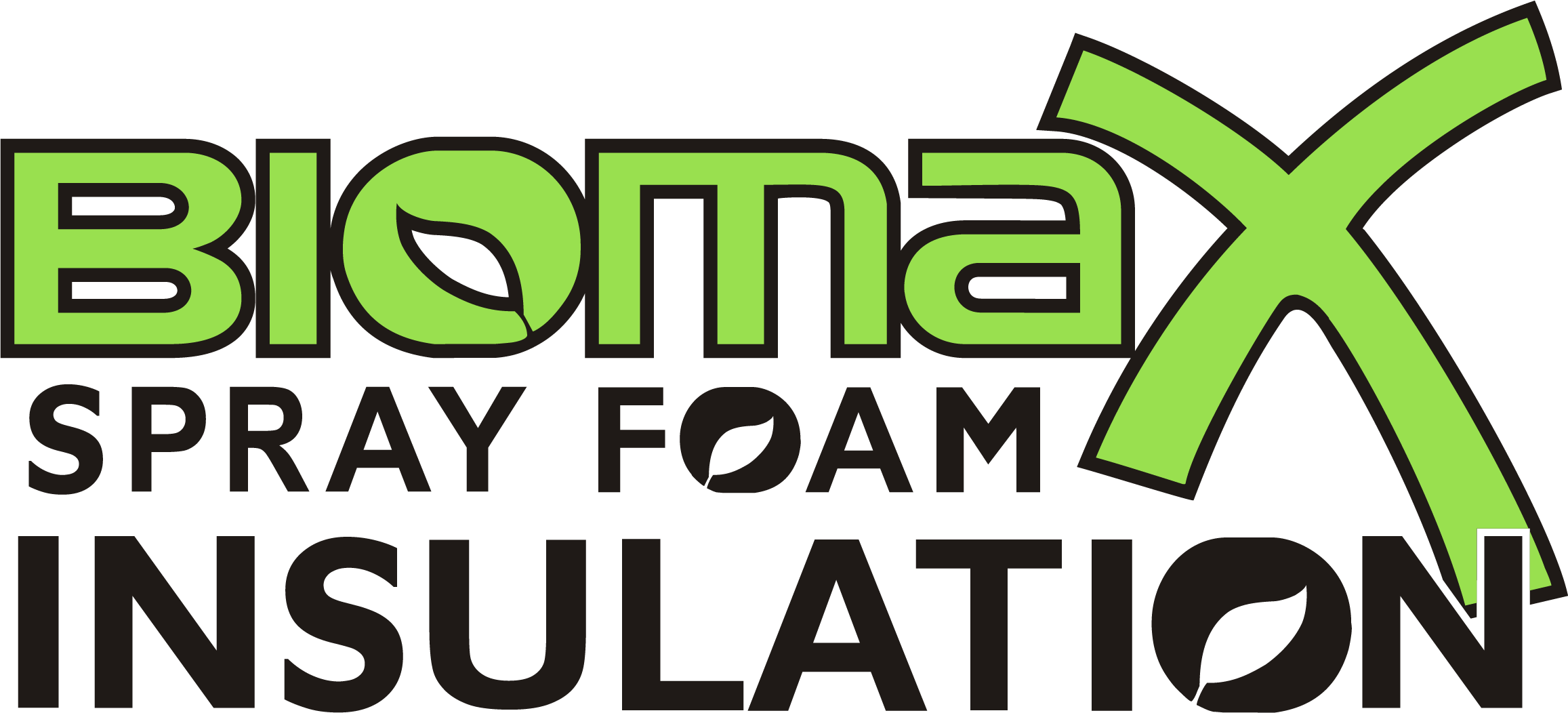
Recent reports of mold remediation projects shutting down schools or office buildings have raised awareness regarding the potential hazards of interior mold contamination. While scientists still have much to learn regarding the danger molds may present, some basic knowledge about interior mold prevention and remediation has been established. There are also an increasing number of resources available for additional information on the topic.
Molds are one category of non-green plant-like organisms (along with mildew, mushrooms, rusts, smuts and yeast) that fall within the fungus family. All fungal matter shares the common characteristic of being capable of growth without sunlight. Because of this, molds can be found almost anywhere and can grow on almost anything as long as moisture and oxygen are present.
Many types of molds exist. According to the Environmental Protection Agency’s (EPA’s) “Mold Remediation in School’s and Commercial Buildings ” resource, “All molds have the potential to cause health effects. Molds can produce allergens that can trigger allergic reactions or even asthma attacks in people allergic to mold. Others are known to produce potent toxins and/or irritants.”
Currently, there are no Threshold Limit Values (TLVs) assigned for airborne concentrations of mold or mold spores. There also are no EPA or Occupational Safety Health and Administration (OSHA) regulations or standards for airborne mold contaminants. OSHA does reference a sampling protocol for fungi (PathCon Technical Bulletin 2.4, A Suggested Air Sampling Strategy for Microorgamisms in Office Settings) under the Indoor Air Quality heading on its Web site. The protocol states, “Fungal amplification (excessive levels of mold) should be considered when the indoor concentration is above 200 colony forming units per cubic meter of air and substantially exceeds that detected in the outdoor air.”
Mold Prevention
There is not a feasible way to eliminate all mold and mold spores indoors, so the most effective way to control indoor mold growth is to control moisture. Mold growth frequently occurs when excessive moisture or water accumulates indoors. In buildings where mold is a problem, the mold must be remediated and the sources of moisture eliminated. This is where Spray Polyurethane Foam be used very effectively. Used as a primary source of insulation, it seals the cracks, gaps and holes in the building’s structure and sheathing to create a tight space by reducing air and moisture flow from infiltration and exfiltration.
It is important to dry water-damaged areas and items within 24-48 hours to prevent mold growth from starting. Water-damaged porous or absorbent materials-such as ceiling tiles, wallboard or cellulose and fiberglass insulation-should be discarded and replaced. Discard nonvaluable books and papers and be sure to photocopy important paperwork before discarding the originals. Use a water extraction vacuum to remove water from carpeting. Then use dehumidifiers and fans to accelerate the drying process. Carpet that becomes moldy usually must be replaced. Nonporous surfaces can be vacuumed or wiped with mild detergent and allowed to dry completely.
Moisture Control
Identify and repair leaky plumbing and other sources of water in a timely fashion to prevent moisture and mold growth. You can minimize mold growth by reducing indoor humidity to between 30 and 50 percent. This can be done by venting bathrooms, dryers and other moisture-generating sources to the outside; using air conditioners and dehumidifiers; increasing ventilation; and using exhaust fans whenever cooking, dishwashing and cleaning.
Also, reduce the potential for condensation on cold surfaces like windows, piping, exterior walls, roofing and floors by adding insulation. Do not install carpeting in areas where there is a continuous moisture problem, such as near drinking fountains, sinks or on concrete floors with leaks or frequent condensation.
Contamination Identification
A visual inspection is the most important initial step in identifying a possible contamination problem. The extent of any water damage and mold growth should be visually assessed. This assessment is important in determining remedial strategies.
Ventilation systems should also be visually checked, particularly for damp filters, but also for damp conditions elsewhere in the system and overall cleanliness. Ceiling tiles, gypsum wallboard, cardboard, paper and other porous surfaces should be given careful attention during a visual inspection.
The use of special equipment to view spaces in ductwork or behind walls-or a moisture meter to detect moisture in building materials-may be helpful in identifying hidden sources of mold growth and the extent of water damage.
Mold Remediation
The EPA’s remediation guide for schools and commercial buildings offers detailed recommendations for a variety of mold removal scenarios and is a tremendous resource for anyone facing a mold problem.
Mold should be cleaned as soon as it appears. Small areas of mold can be cleaned using a detergent/soapy solution or an appropriate household cleaner and allowed to dry completely. A HEPA vacuum can be used to clean items such as furniture, concrete, carpeting or books after the material has been thoroughly dried.
For small areas of mold growth, an N95 respirator, goggles and gloves should be worn during cleaning. For larger mold remediation jobs, or in situations where high levels of airborne dust or mold spores are likely or long-term exposures are expected, the EPA suggests a full-face, powered air purifying respirator (PAPR) equipped with HEPA filters along with disposable coveralls, gloves and shoe covers. The cleaned area should be thoroughly dried. Dispose of any sponges or rags that were used to clean the mold, along with the used personal protective equipment.
If the mold returns quickly or spreads, it may indicate an underlying problem, such as a leak or excessive humidity. Any underlying water problems must be fixed to successfully eliminate mold problems. If mold contamination is extensive, an experienced remediation professional may need to be consulted.
Message Us
